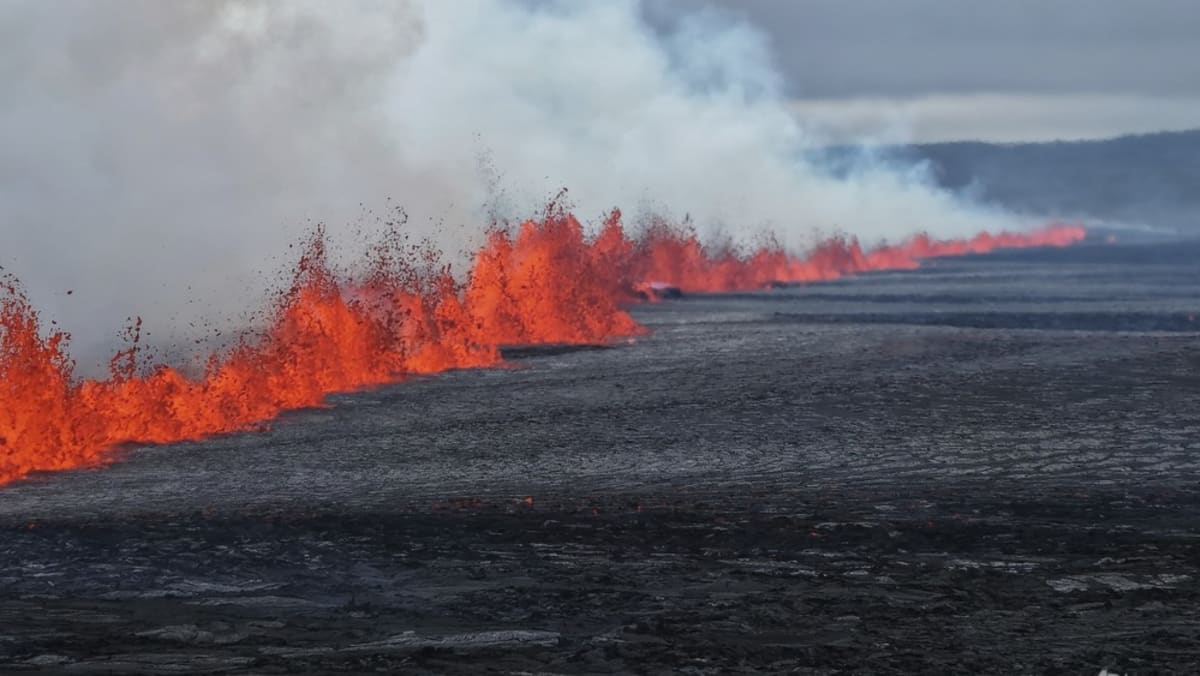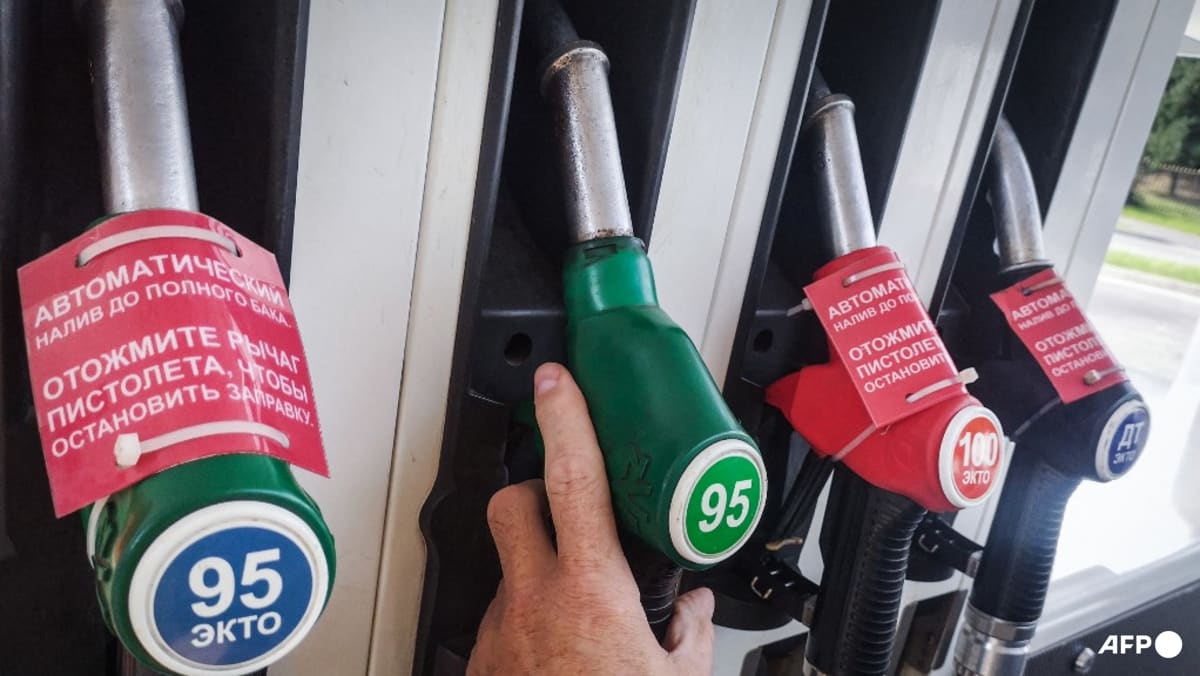Geophysicist Benedikt Ofeigsson told RUV the eruption appeared smaller than previous ones and was well-situated, as it was not close to any critical infrastructure.
The previous eruption to hit the area was in April, and a risk assessment published on Tuesday did not expect another eruption until this autumn.
When the first volcanic eruption hit the area in late 2023, most of Grindavik’s 4,000 residents were evacuated.
Since then, almost all of the houses have been sold to the state, and most of the residents have left.
Volcanoes on the Reykjanes peninsula had not erupted for eight centuries when, in March 2021, a period of heightened seismic activity began.
Volcanologists have warned in recent years that volcanic activity in the region had entered a new era.
RUV said the latest eruption was not expected to impact international flights.
A volcanic eruption in another part of Iceland in 2010 caused worldwide travel chaos as the ash spewed into the atmosphere sparked airspace closures in Europe.
Iceland is home to 33 active volcanic systems, more than any other European country.
It is located on the Mid-Atlantic Ridge, a fault in the ocean floor that separates the Eurasian and North American tectonic plates and causes earthquakes and eruptions.














